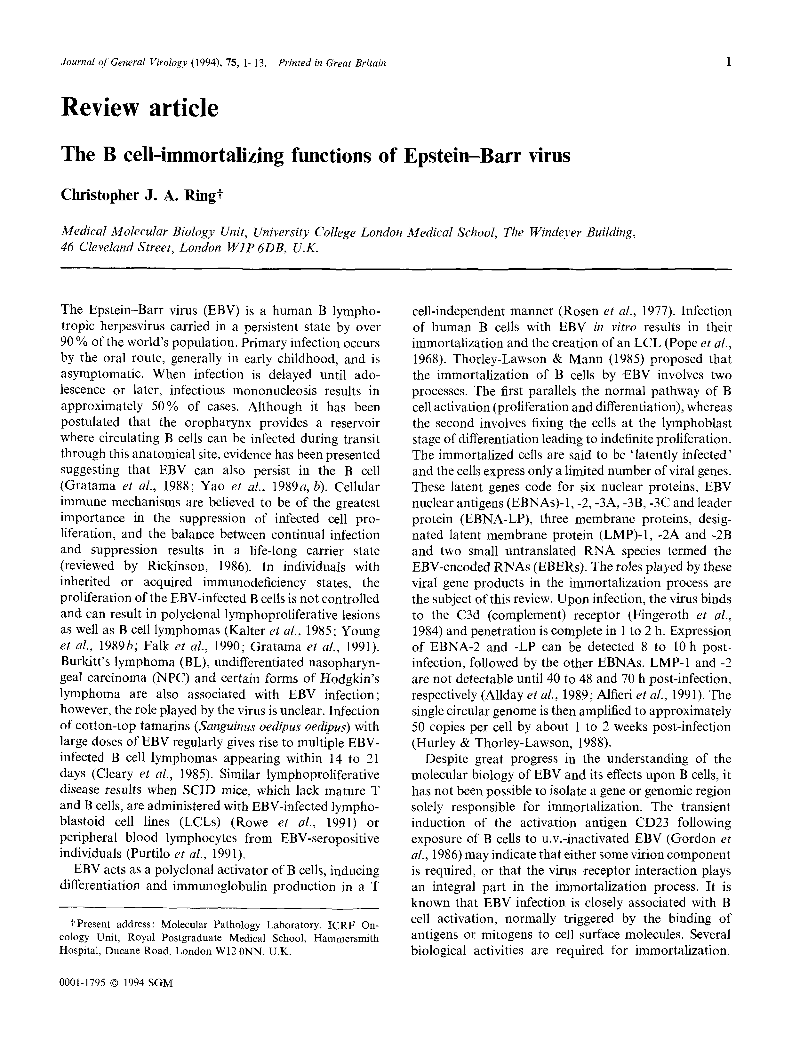
Full text loading...

The B cell-immortalizing functions of Epstein-Barr virus, Page 1 of 1
< Previous page | Next page > /docserver/preview/fulltext/jgv/75/1/JV0750010001-1.gif
There is no abstract available.

Article metrics loading...

Full text loading...
References

